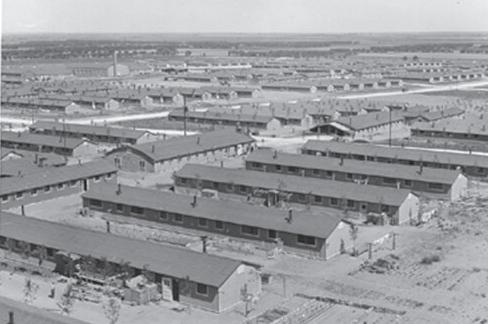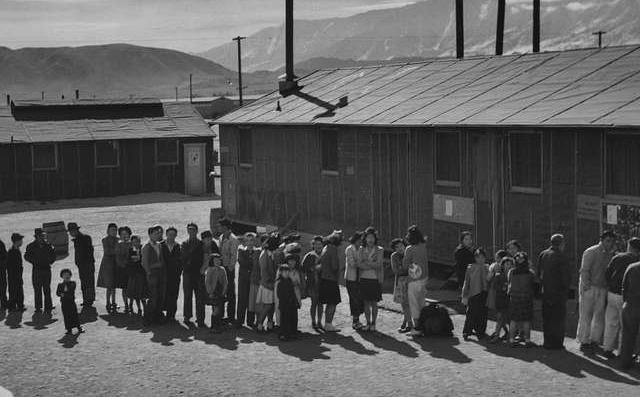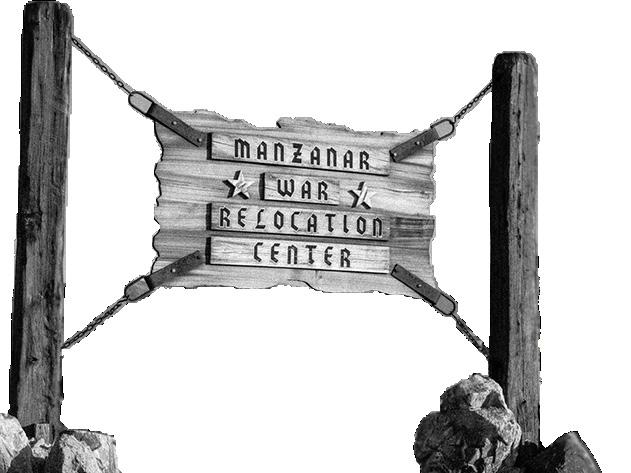
2 minute read
United States
Japanese Relocation Centers

Advertisement

A Brief History of the Japanese Relocation Centers in the United States
The 1940’s brought dark history and trauma to many Americans with what was seen as a terrible act of cruelty by the United States Government in which they relocated those of Japanese ancestry out of fear. On December 7, 1941 Pearl Harbor, a Hawian naval base, was attacked by a Japanese aircraft. The U.S, government was afraid that Japanese immigrants would try to sabotage or create another attack from within the country, so the First the War Department decided on 12 restricted zones along the west coast of the US that included curfews for Japanese Americans. Then on February 19, 1942 President Franklin D Roosevelt signed Executive Order 9066, which allowed the US military authority to exclude any persons from designated areas. In late March 1942 Japanese Americans, or anyone who was at least 1/16thJapanese no matter their age, were ordered to report to stations to register to be removed to an internment camp, now in many cases referred to as relocation centers. Since some survivors have argued for the use of incarceration or detention instead of interment. As internment is used to refer to detention of enemy aliens – where two thirds of those detained to the camps were US citizens. Now many of the centers are referred to as relocation centers or prison camps. Those facing relocation were only allowed to bring as many belongings as they could carry and had less than two weeks to relocate. Most Japanese Americans were promised other belongings like cars and businesses would be kept for them until the war ended but many were sold or requisitioned.
in the United States
Many of those relocated were first moved to temporary places like fairgrounds and racetracks that weren’t made for humans, before being moved to the camps. Ten camps were opened in the Western United States between 1942 – 1945 where they held around 120,000 Japanese Americans. Relocation centers operated like a town with communal living and eating areas, jobs for residents, schools and farmland with the addition of barbed wire fences and watchtowers. The relocation centers were unsanitary and added more trauma for residents onto being removed from their homes and belongings, and often times separated from their family members. Many of the residents who have vivid memories of being confined to the relocation, waited to share their stories until well after the events, but have passed down the trials they faced to their families and some have published their stories and interviews to pass down the history that shouldn’t be repeated. Many of the surviving residents were children while they were in the relocation centers, and remember their parents working to make life as normal as possible for them at the time, and they too continue to share about their families experiences. The photos featured hear include the layout of one of the ten camps, the lmess line for lunch at the Manzanr Relocation Center captured by Ansel Adams, a photo of children with school matierial and the sign for the Manzanar Relocation Center, one of the camps, now a National park located in Inyo County, California.











